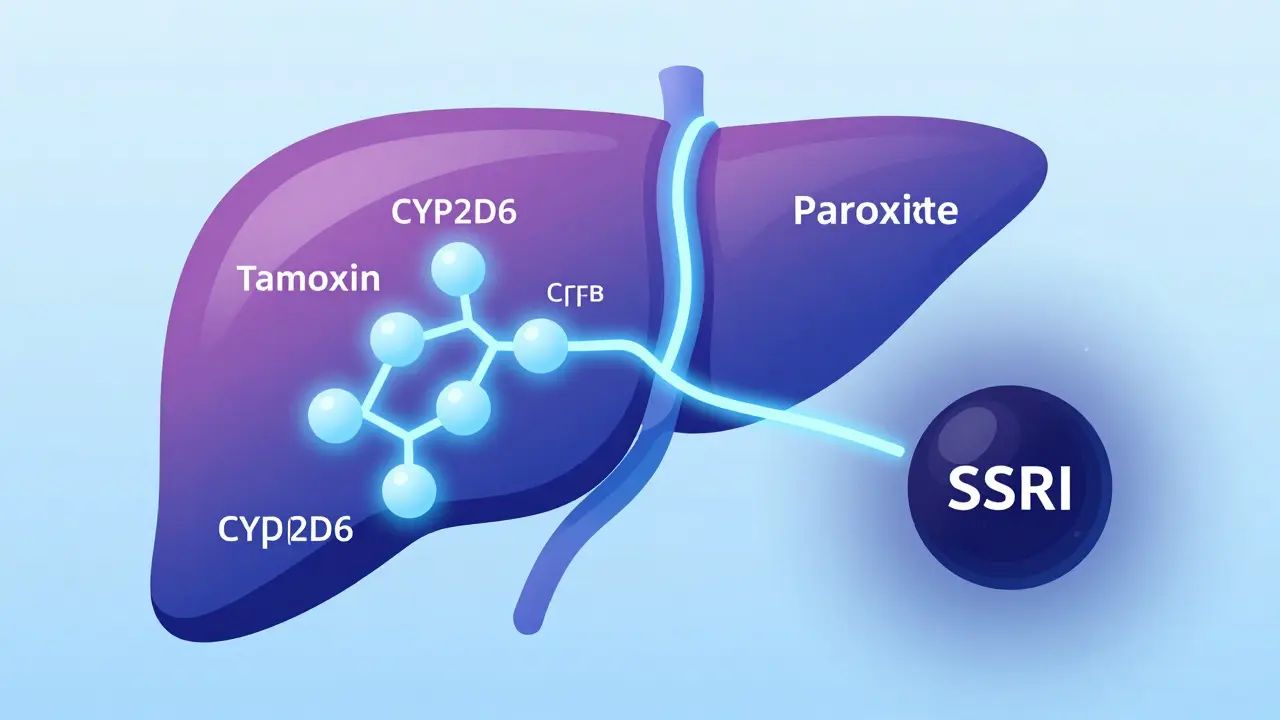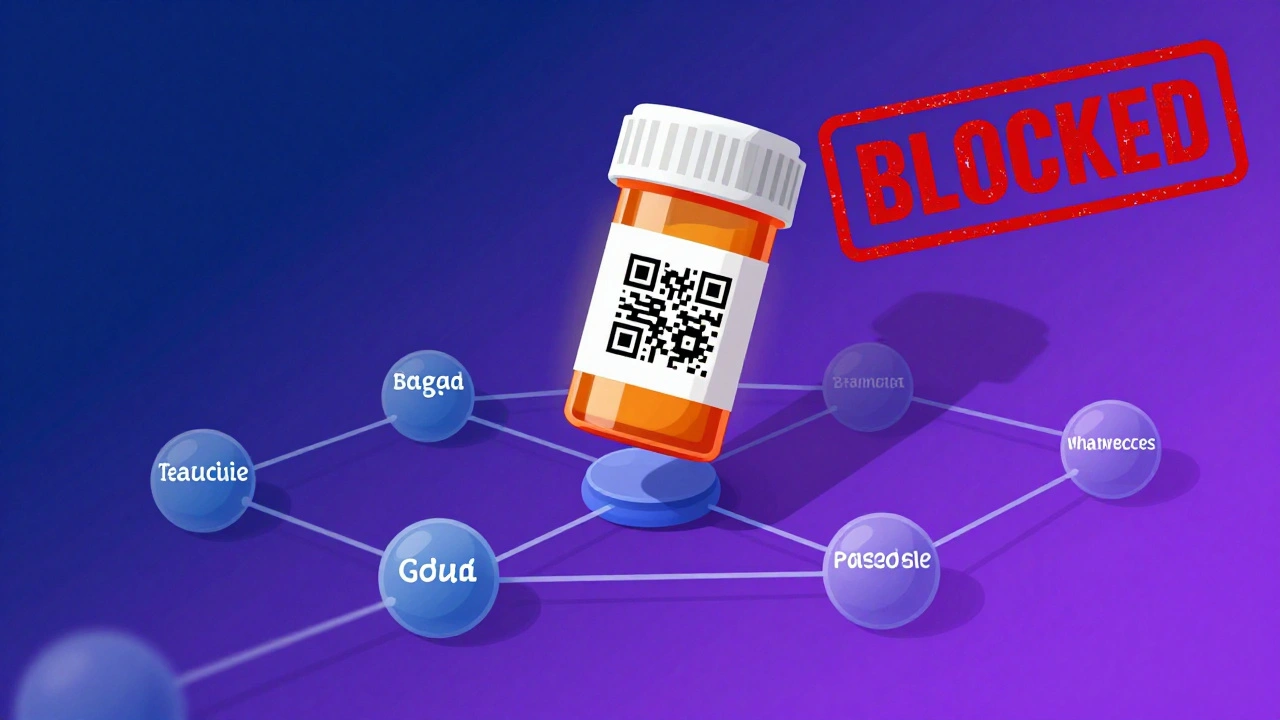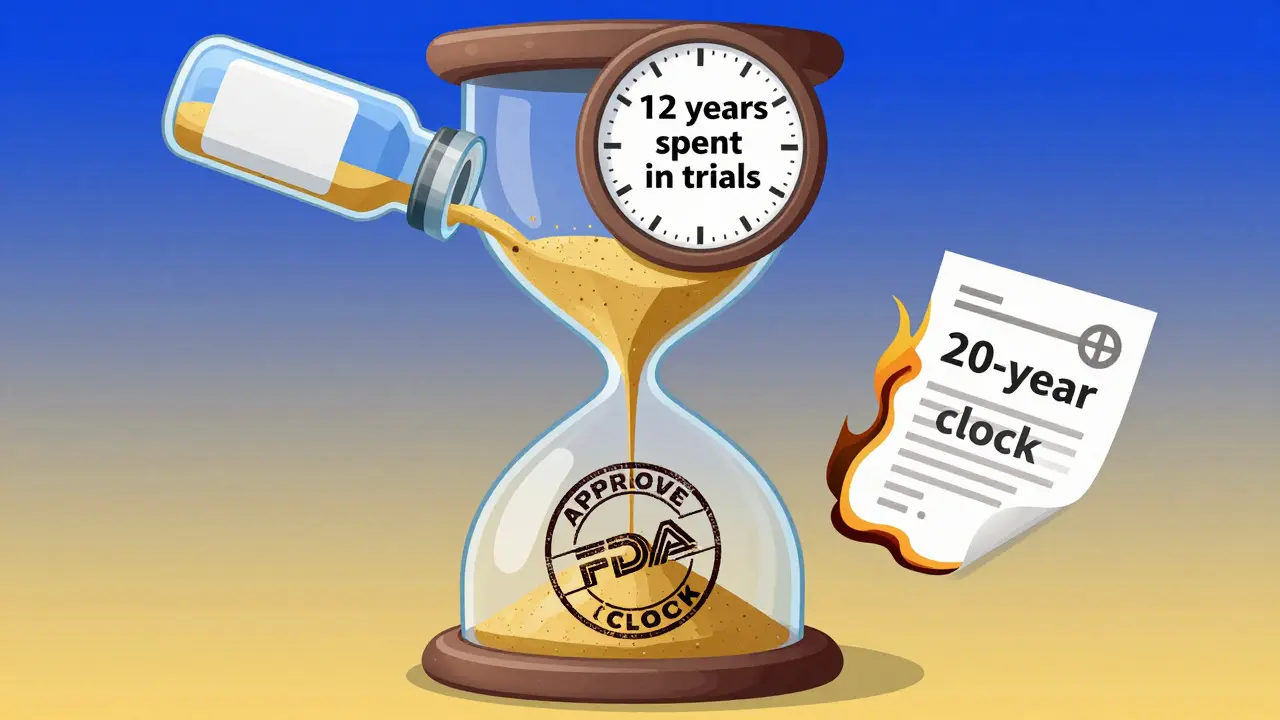Amitriptyline: What it does, how to use it safely
Amitriptyline is a long-standing prescription drug used for depression, nerve pain, migraine prevention, and some sleep problems. It’s not a quick fix — it changes brain chemistry over weeks — but people often feel relief when other treatments didn’t help.
Used at lower doses, amitriptyline works well for chronic pain and nerve-related issues like neuropathy or post-herpetic pain. At higher doses clinicians treat depression. Doctors choose it when they want a medication that can tackle pain and mood together.
How to take amitriptyline and what to expect
Start low and go slow. Typical doses for pain and migraines are 10–75 mg at night. For depression doses can reach 100–150 mg daily, split or at bedtime. Take it at night — it causes drowsiness. If your doctor raises the dose, give each step two to four weeks to see effects.
Don’t stop suddenly. Stopping abruptly can cause dizziness, nausea, headache, and sleep trouble. Your prescriber will taper the dose down over days or weeks. If you miss a dose, take it when you remember unless it’s close to the next dose — then skip it.
Common side effects and safety tips
Expect side effects at first: dry mouth, drowsiness, constipation, blurred vision, and weight gain are common. Some people notice low blood pressure when standing, which can cause dizziness. Older adults are more likely to fall or get confused, so doctors usually choose lower doses or different drugs for them.
Amitriptyline interacts with many medicines. Don’t combine it with MAO inhibitors, certain migraine drugs, or some antidepressants without medical advice. Avoid alcohol — it increases drowsiness and can make side effects worse. Tell your provider about heart issues; amitriptyline can affect heart rhythm in higher doses.
Young people under 25 may have a small but real increase in suicidal thoughts when starting antidepressants. If you or someone you care for shows worsening mood, new thoughts of harming themselves, or sudden behavior changes, call your prescriber or emergency services right away.
Pregnancy and breastfeeding need a talk with your clinician. In some cases doctors continue amitriptyline if benefits outweigh risks, but they monitor closely.
Overdose is serious. Symptoms include extreme drowsiness, fast heartbeat, seizures, or loss of consciousness. If an overdose is suspected, seek emergency care immediately.
Practical tips: take with a light snack if nausea occurs, use sugar-free gum or water for dry mouth, stand up slowly to reduce dizziness, and keep a medication list for every provider you see. Track changes in mood and side effects so you can report them clearly.
If you buy medication online, use a licensed pharmacy, check for a prescription requirement, and avoid suspiciously cheap offers. Talk to your healthcare provider before starting amitriptyline to make sure it fits your health profile and goals.
Regular checkups help. Your doctor will monitor blood pressure, weight, and sometimes an ECG for older patients or those with heart disease. Keep a list of other meds and supplements before each visit. Ask about alternatives too.






